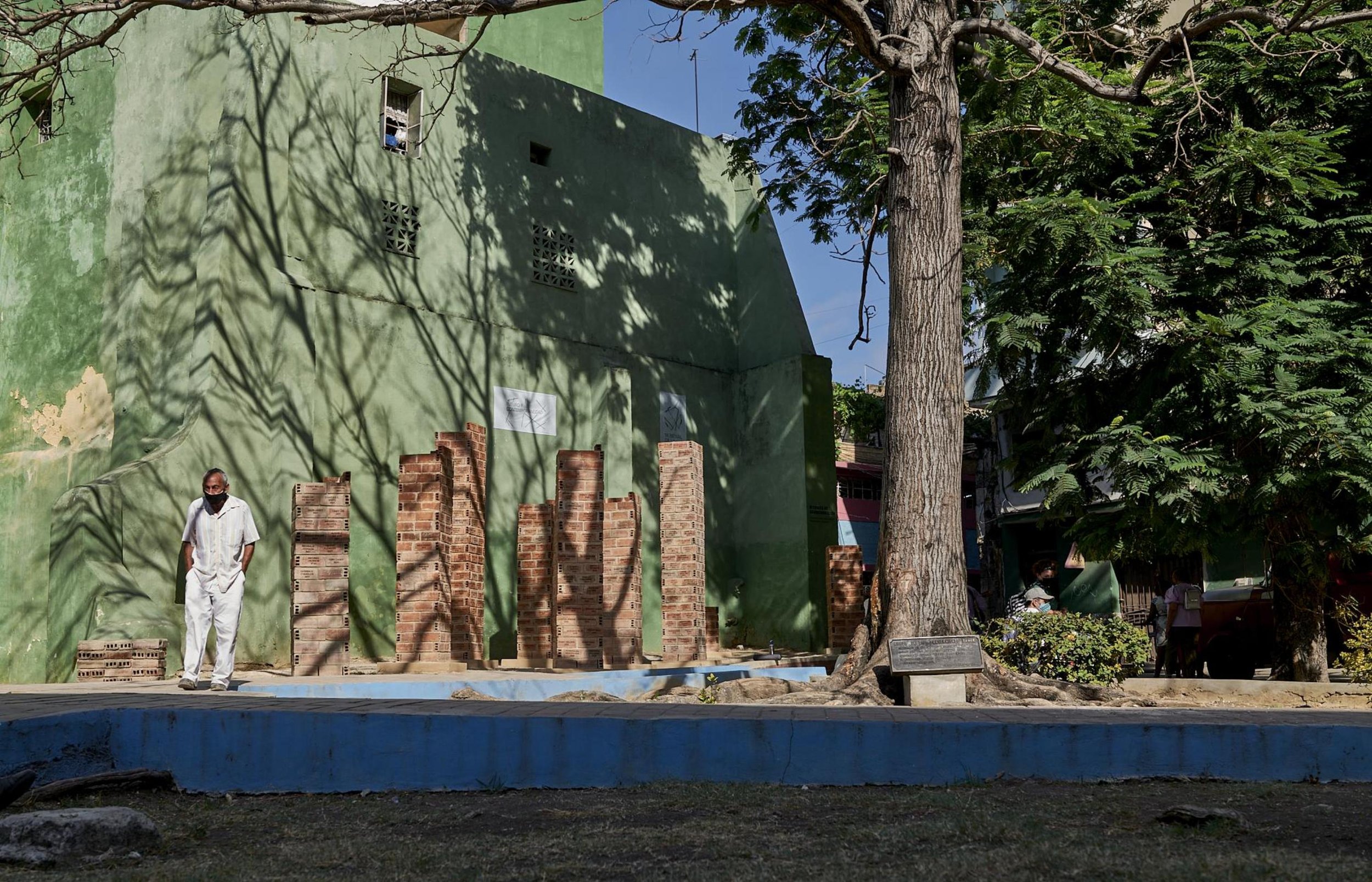





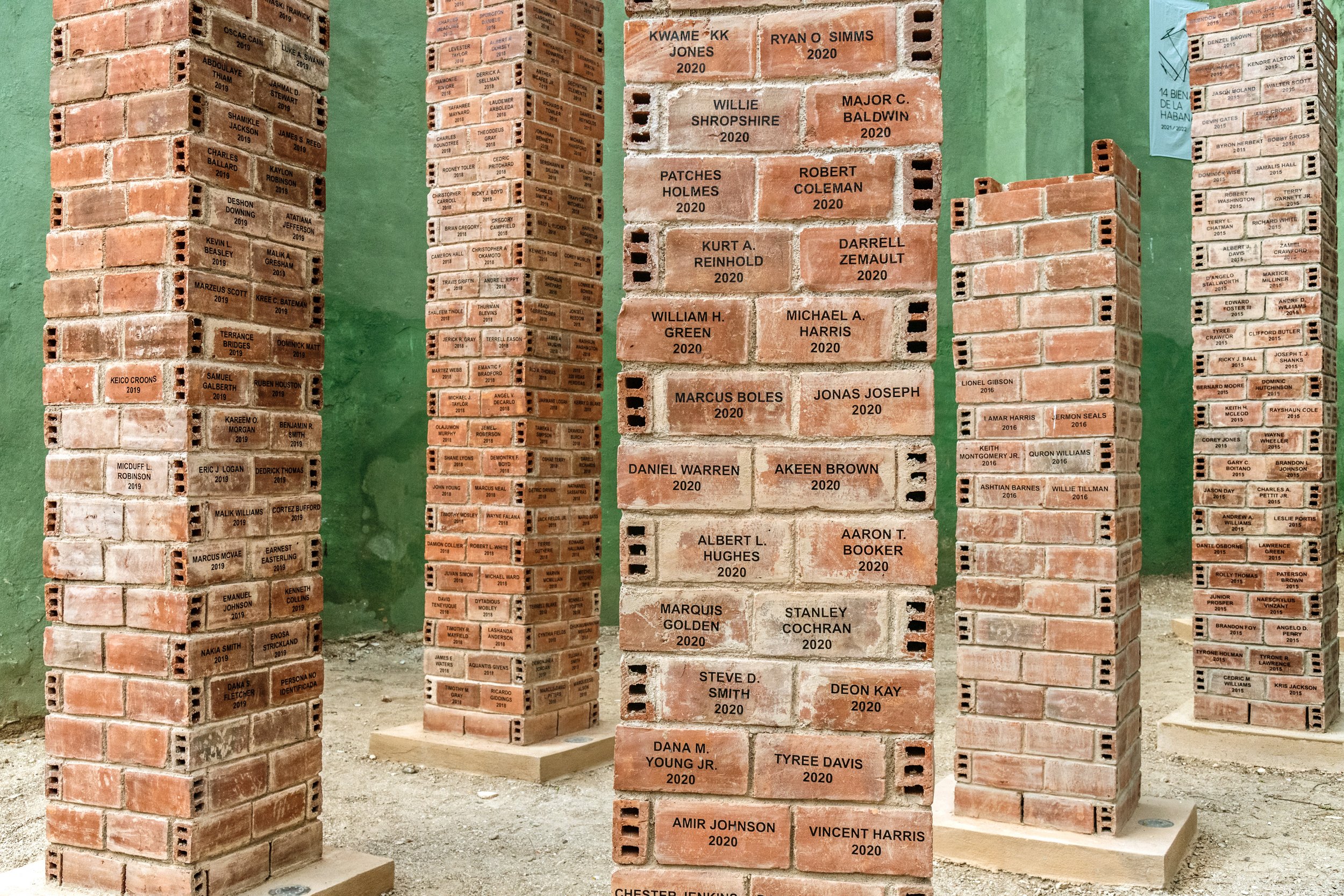
RITUALS OF COMMEMORATION
A temporary public sculpture
14th Havana Biennial, 2022
In the United States, The Washington Post's ongoing analysis reveals an annual average of over 1,000 police shootings resulting in deaths. Since Michael Brown's death in 2014, The Post discovered that FBI reports on fatal police shootings were severely undercounted by more than half. This underreporting increased, with only about one-third of these incidents in local departments appearing in the FBI database by 2021.
Local police aren't required to report these incidents to the federal government, contributing to the rise in underreporting. The number of fatal police shootings has slightly increased, hitting a record high in 2022. While half of those shot by police are White, the rate at which Black Americans are shot is significantly higher compared to their representation in the population. Despite being 14 percent of the US population, Black Americans are killed at more than double the rate of White Americans. Hispanic Americans also face a disproportionate rate of police shootings.
Art that engages, raises awareness and builds solidarity.
This edition of Rituals of Commemoration is the result of eight years of work, born from anger and disbelief after Michael Brown's tragic death in 2014. It evolved into extensive research and presentation aimed at revealing and condemning injustice.
The installation features nine columns, each built with inscribed and painted named bricks, each symbolizing over 1550 African American and Afro-descendant individuals who lost their lives at the hands of the police from 1979 to December 2021.
Since January 2015, databases like The Washington Post, Fatal Encounters, Mapping Police Violence, and The Counted have tracked police shootings. As of February 2022, police have fatally shot and killed 6,732 people in the US. While half of those killed are White, Black Americans are killed at more than double the rate of White Americans. Latinos, Native, and Indigenous people also face disproportionate rates of police violence.
About location and community
Arab immigrant park in Los Sitios, in Centro Habana is one the oldest and most emblematic neighborhoods in Centro Habana. An extremely urbanized area, with a population of about 32,000, a working class and low-income community. Today the cultural traditions that most stand out in this neighborhood are Rastafarian, Afro-Caribbean and Bembe, along with others of Haitian origin.There is a community organization called CABILDO QUISICUABA, through a broad program of education, rehabilitation, sports, religious practices and music, they work to empower the individuals, the family and the collective of peoples living there. They have a local museum, they provide food, breakfast and lunch daily for a number of people. Their moto Justice, peace and love are inseparable values: love is the fruit of peace; and peace is the fruit of justice.
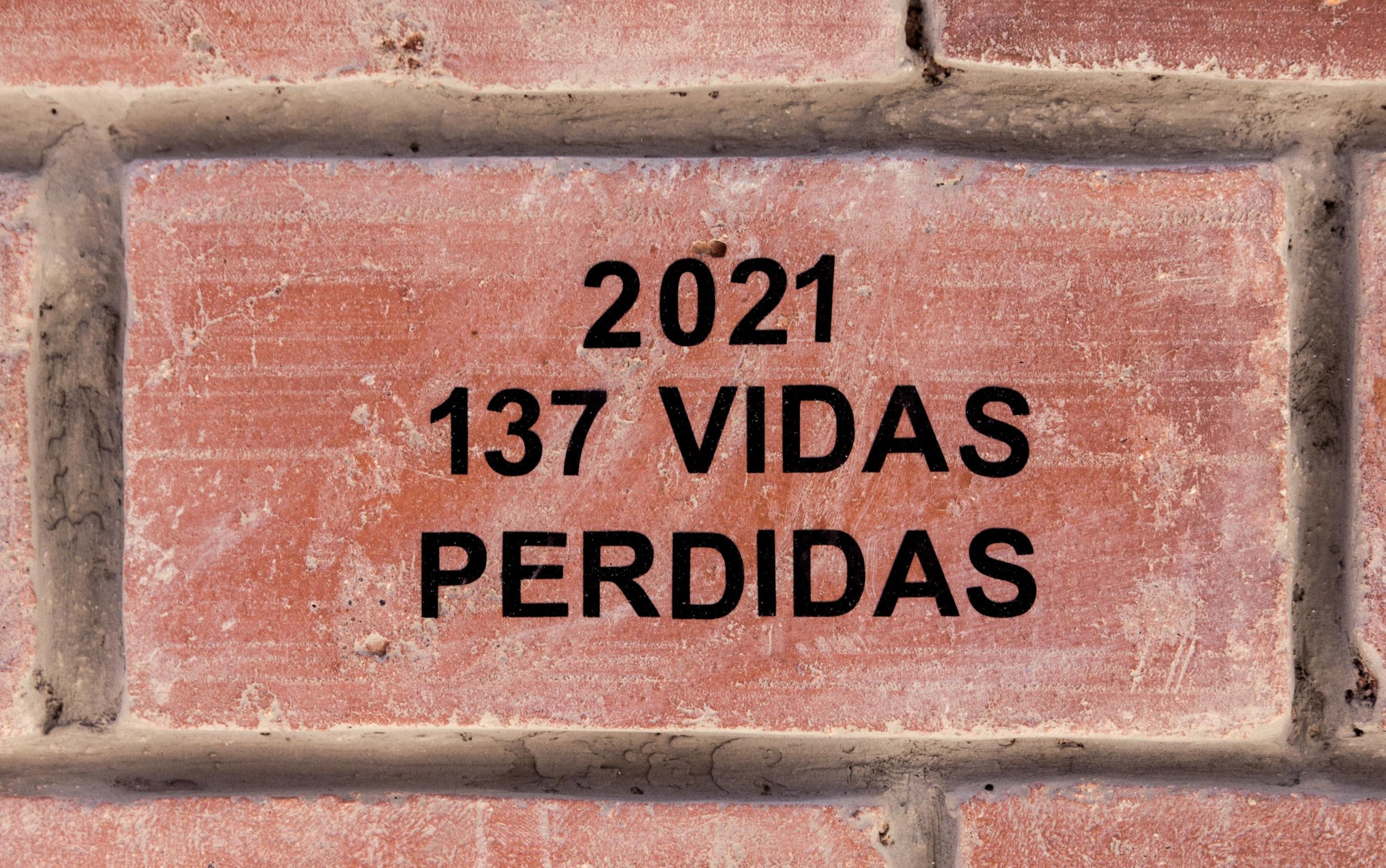

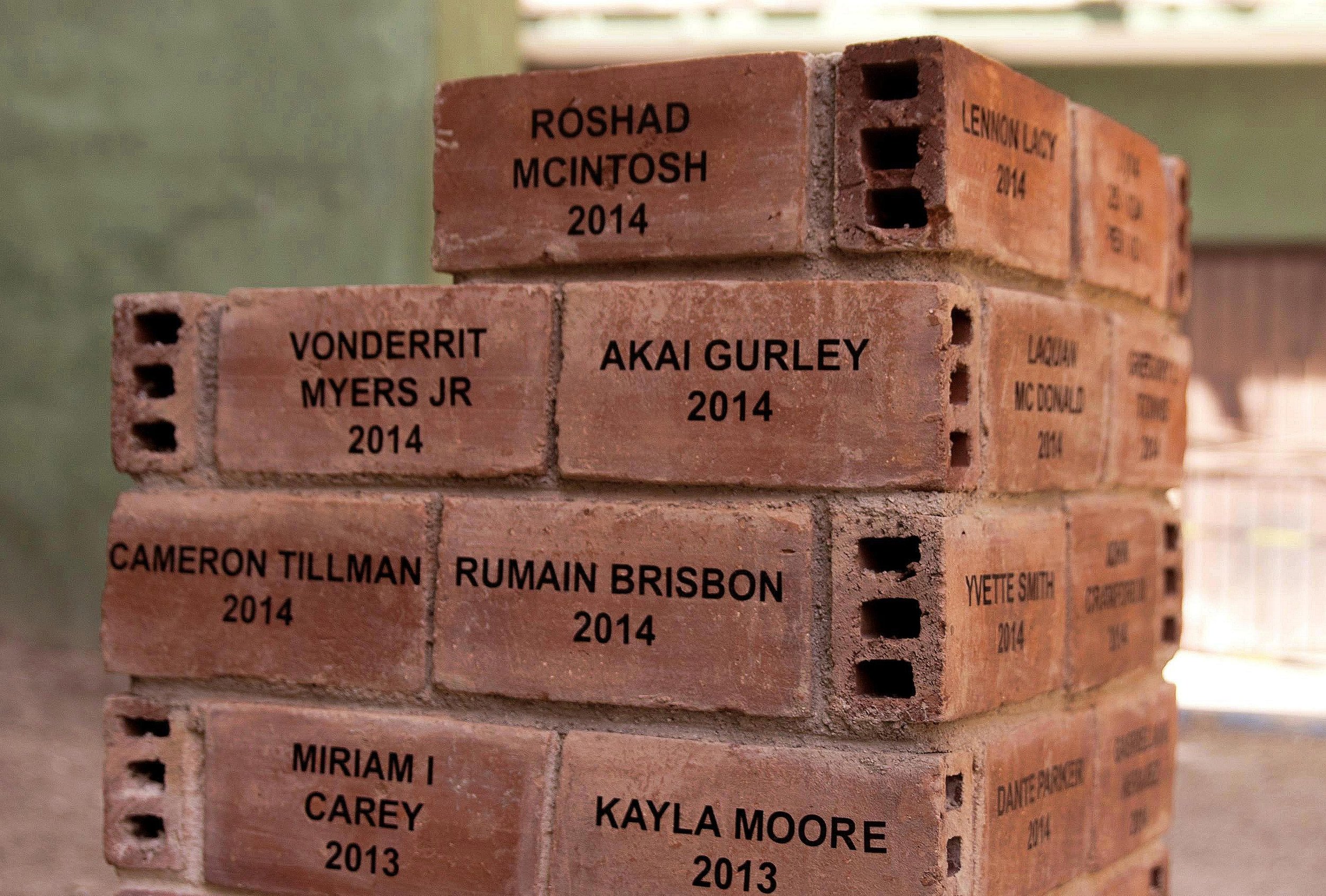


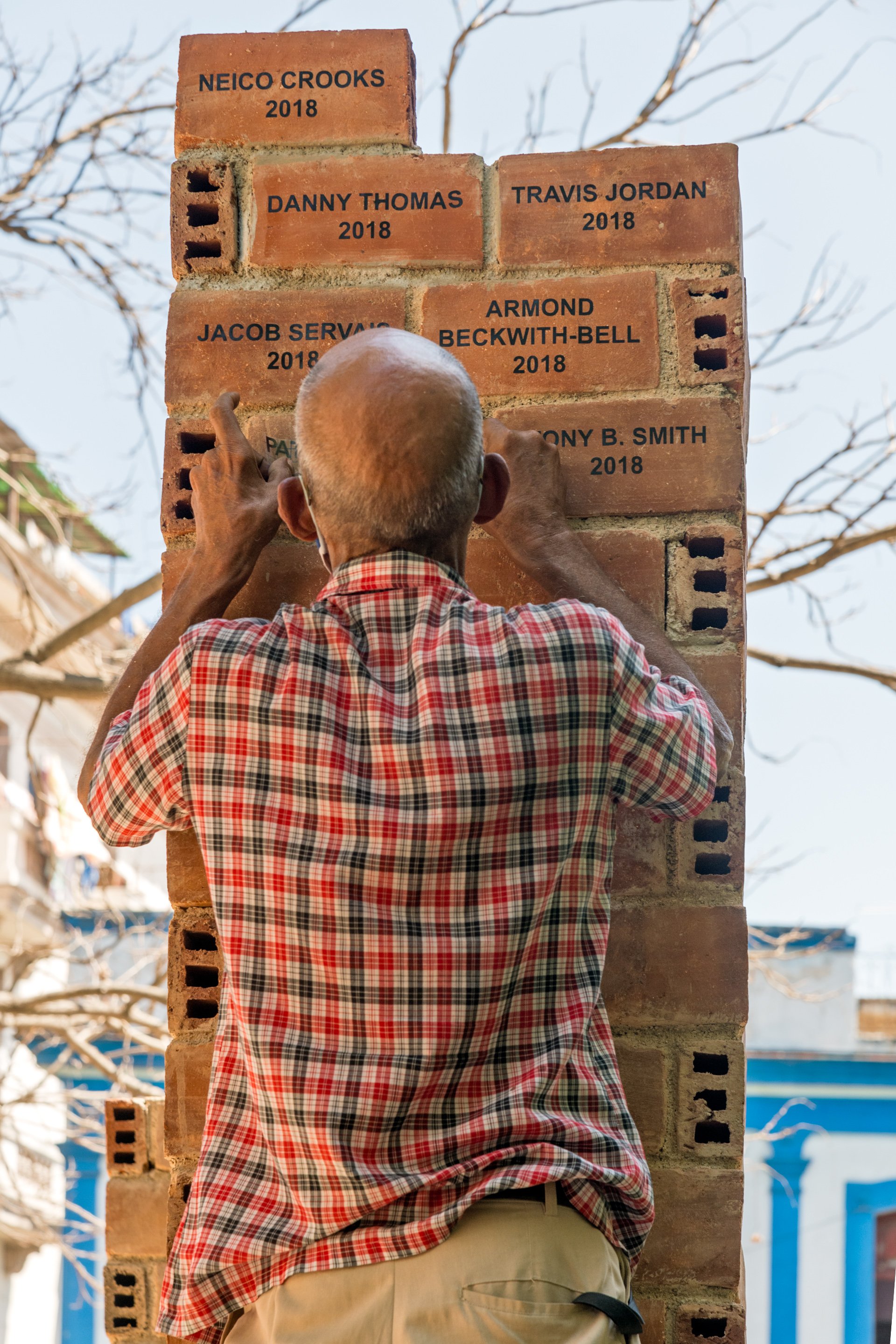
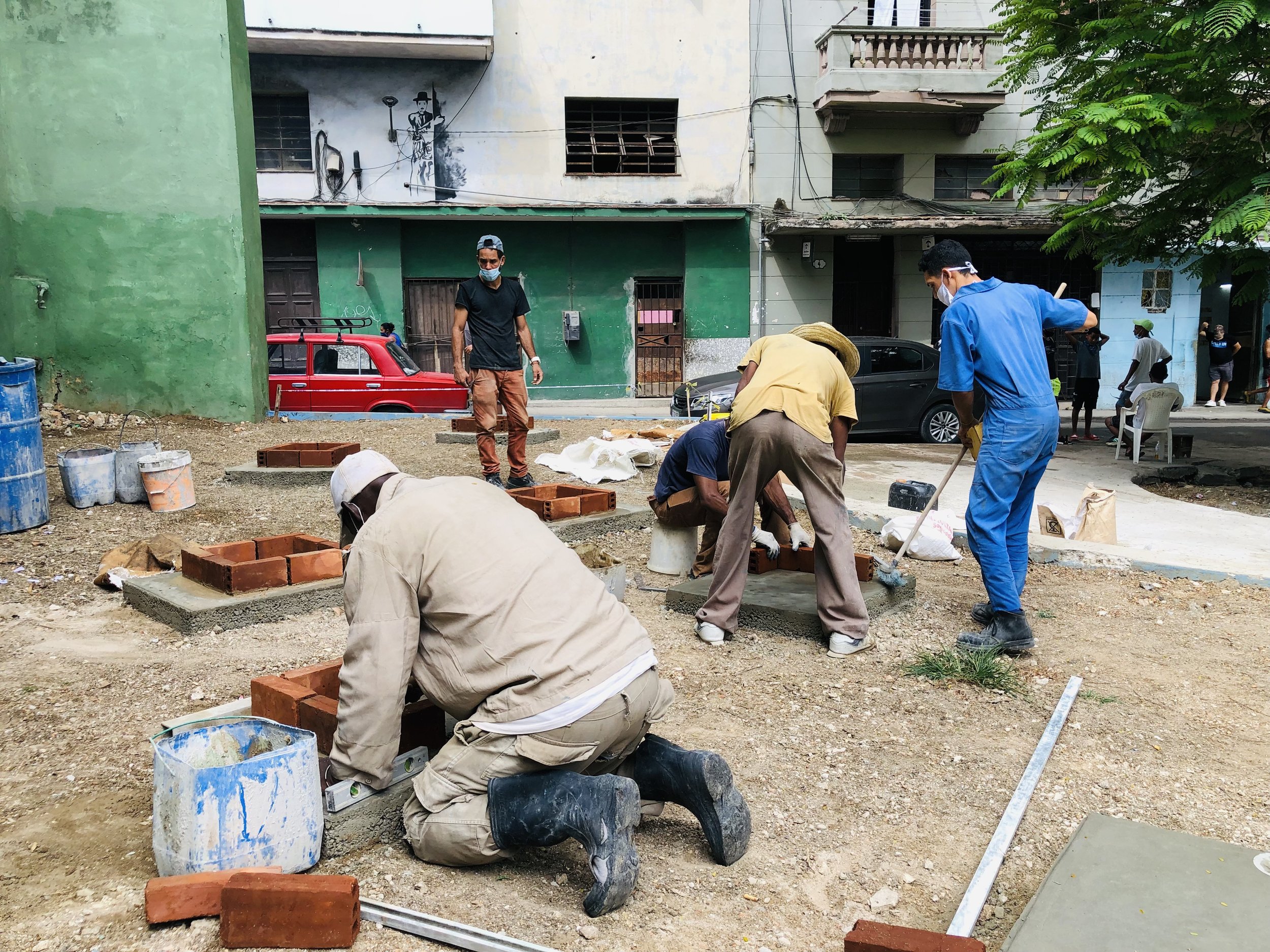
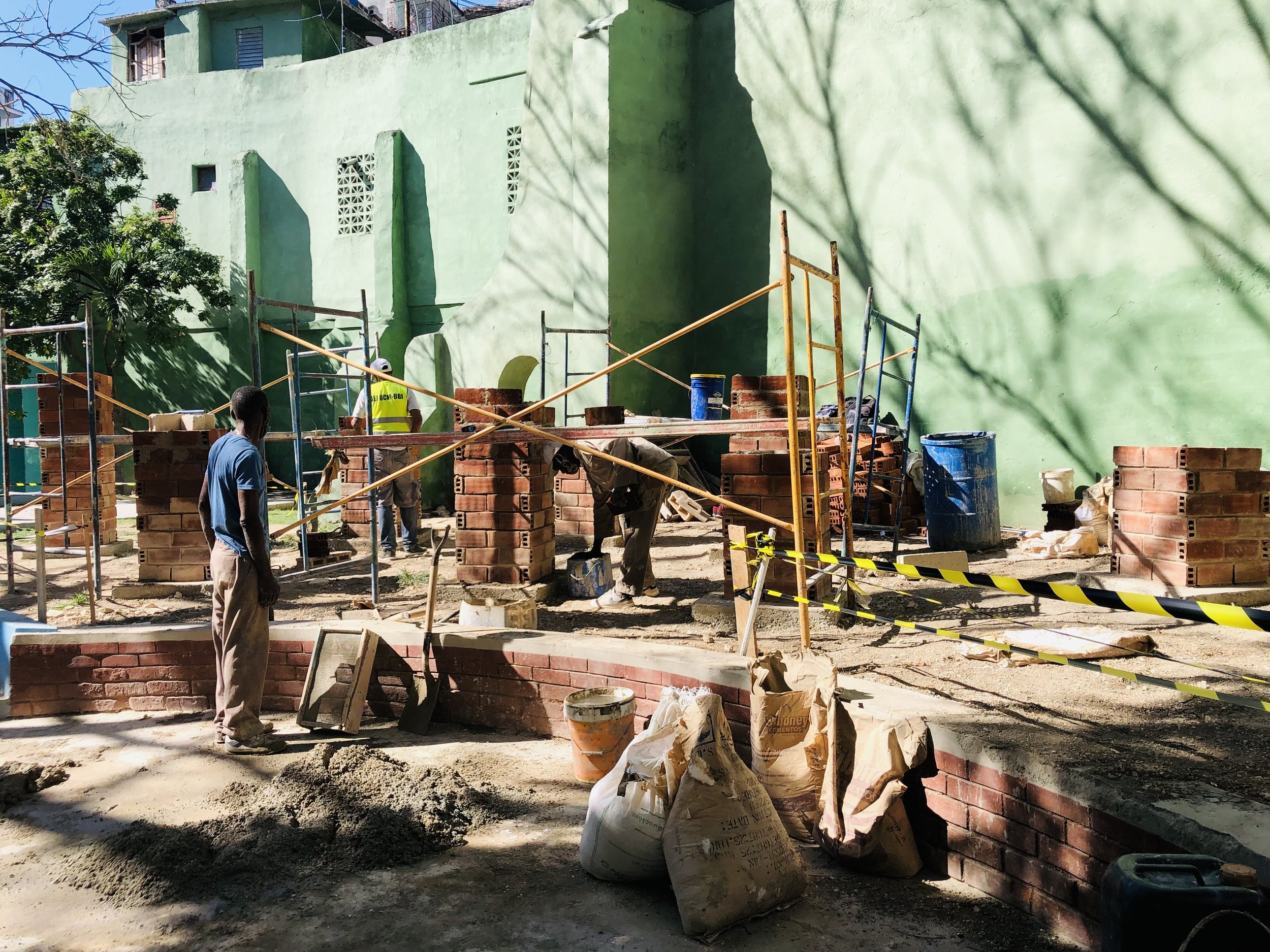

“I'm incredibly grateful to the people of Centro Habana for their unwavering support throughout the construction process. A special acknowledgment goes out to the Quisicuaba community project and Dr. Enriquez Aleman. The success of this project is greatly indebted to the community's dedication and the backing of individuals like El Moro, Yayo, Ibarra, Gladys, Joseito, Giyo, Pedro, as well as the skilled bricklayers: Mario, Humberto, Abad, Alberto, Tato, Orly, Giselita, Ale, and the committed CUMBRAL team.
I want to thank all my family members in Cuba who each in their own way participated and contributed to the success of this work. Especially my sister and niece. Rosie Gordon-Wallace and Roy Wallace whose ongoing support has been invaluable. I want to thank Ernesto Yoel, director of the Center for the Development of Visual Arts, and Tania Parson, the center's curator, for their support during these months of preparation. Jose and Daniel the installers. Teresita Dominguez Vidal, Vice President of the National Council of Plastic Arts and Norma Rodriguez Delivet, President of the National Council of Plastic Arts and president of the Havana Biennial.”
Videos and photos curtesy of Probetafilms, David Garten and Roy Wallace
This work was supported, in part, by Foundation for Contemporary Arts Emergency Grant, Diaspora Vibe Cultural Arts Incubator, Lobey Art and Travel, Cumbral SULR, and friends of Rituals of Commemoration.






